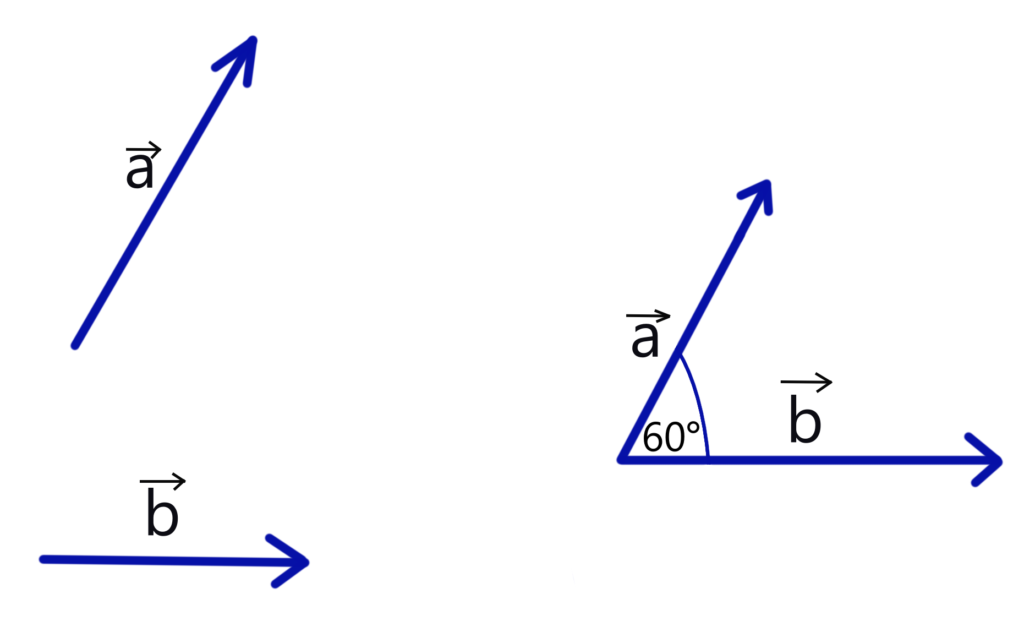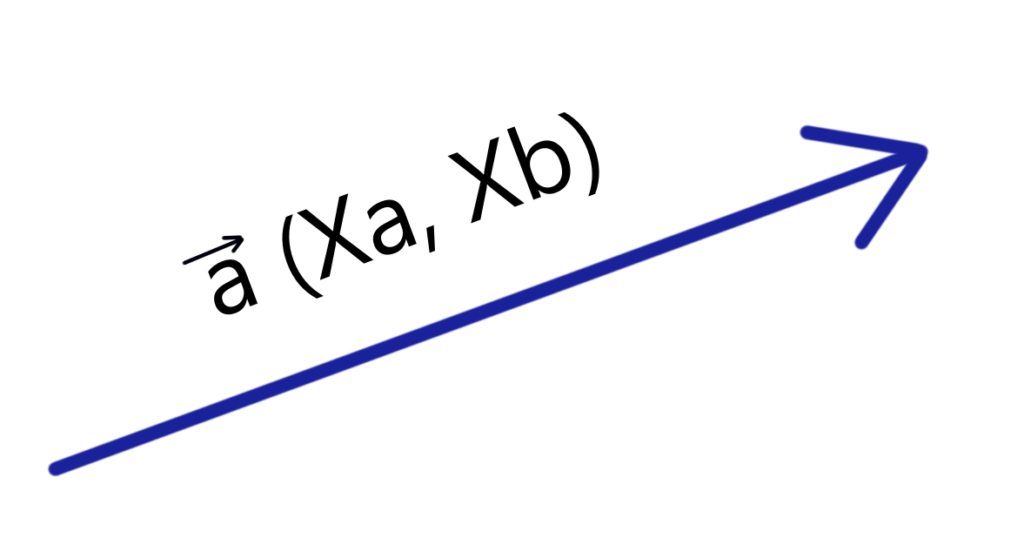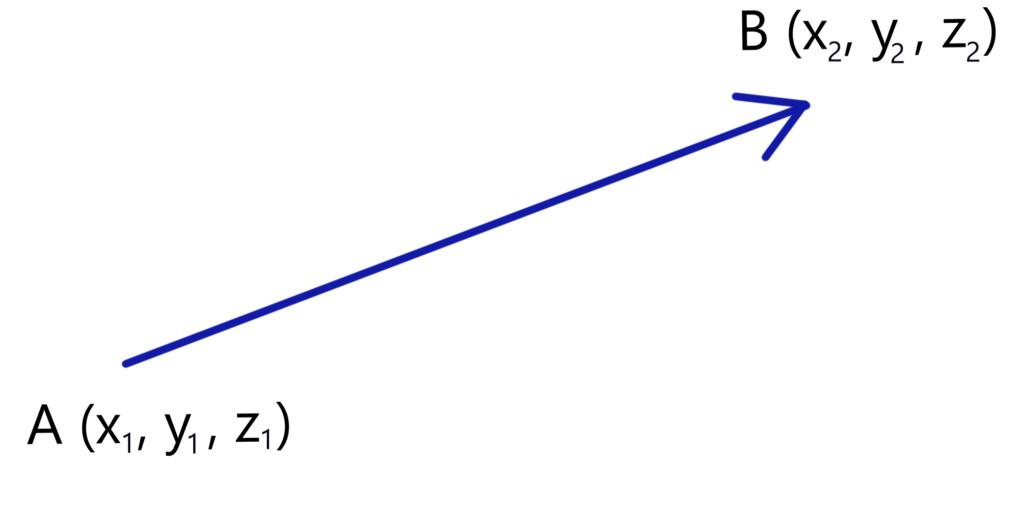The Angle Between Two Vectors Calculator is a free tool, easy to use, and it calculates the angle between two vectors super quickly. However, if the result is not your only concern, but gaining knowledge is, make yourself at home and check the content on this page, as well as on our website.
Our suggestions to lay the groundwork in linear algebra are Vector Projection Calculator, Vector Magnitude Calculator, Golden ratio, Unit Vector Calculator, Cross Product Calculator, and, of course, this article. Also, check out our other calculators and leave feedback. We always like to hear about your impressions of our work.
Many students approach linear algebra with fear and disaffection. If you are one of them, here is why it is happening to you. It is not new news that the first glance at laws and theorems, especially drawings related to linear algebra, is confusing. To be more precise, all those symbols, new terms, and tangled vectors make your head fuzzy, and you lose interest in even trying to learn it.
What if we promise that this article will provide you with all the necessary details while still easily readable? We think that you would love it. And that is why the CalCon calculator team made a solution for your problem. The solution we are talking about is this calculator, followed by an article.
Vector in Math
To fulfil our promise, firstly, we will explain what a vector represents in math. The term vector saw the light of the day in math to make the difference among the quantities in nature that have magnitude and direction. Contrary, those with only magnitude are called scalars. Therefore, vector quantities are ones defined with two or more parameters.
The most common examples are related to geometry in space, where the vector that lies on the straight line is defined with direction and magnitude. A pointing arrow determines its direction along the straight line, while its length is proportional to its magnitude.
In conclusion, the vector in n-dimensional space is described with n parameters (where n is any number). But, let’s keep our eyes on the Euclidean vector that has magnitude and direction, and according to the previous sentence, it is a two-dimensional vector. This vector is usually a line segment with a determined direction or, graphically, an arrow connecting starting point (A) with an ending point (B). It is denoted as \vec{AB}.
If, in any case, this was not clear enough, we believe that a real-life example will boost your imagination and help you understand the terms mentioned before. To illustrate, we will picture a runner standing on a start line, ready to run a marathon fifty meters long while the route is straight.

Since that route can be extended in both directions while still forming a straight line, the part chosen as the marathon’s length lies on that straight line. Therefore, the start and the finish lines are the starting (A) and the ending (B) points of the vector. So, the magnitude of the vector is the length of the route, and direction is determined by the direction of the runner running to the finish line.
What is Angle Between Two Vectors?
The angle between two vectors is the vector angle formed by joining the tails of two vectors. It is important to highlight that the angle is formed only by joining vectors tails, not heads or tail-head. Regarding the possibility that this may be confusing, we will show it in a picture.

Also, an important thing to mention is that for joining vectors tails, we use parallel shifting.
How to Find an Angle Between Two Vectors
Finding an angle between two vectors will be described in the following steps:
- We will start by finding the dot product of our vectors:
\vec{a} \cdot \vec{b} = |\vec{a}| \cdot|\vec{b}| \cdot \cos(\alpha)The dot product of two vectors is the scalar product of the two vectors and is applicable only for the set of vectors with the same number of dimensions. The symbol for the dot product is a heavy dot.
- After the algebraic manipulation, calculate the value of an angle:
\alpha = \arccos\frac{\vec{a} \cdot \vec{b}}{|\vec{a}|\cdot|\vec{b}|}- While the magnitude of the vector is:
In 2D space: |\vec{v}| = \sqrt{x^{2}+y^{2}}
In 3D space: |\vec{v}| = \sqrt{x^{2}+y^{2}+z^{2}}
And if we have two vectors \vec{a}=[x_{a},y_{a}] and \vec{b}=[x_{b},y_{b}] (by the number of its coordinates we conclude that the vector is in 2D space), after substituting the vectors magnitude:
angle= \arccos\frac{x_{a}\cdot x_{b}+y_{a} \cdot y_{b}}{\sqrt{x_{a}^{2}+y_{a}^{2}}\cdot \sqrt{x_{b}^{2}+y_{b}^{2}}}And for the vectors in 3D space, \vec{a}=[x_{a},y_{a},z_{a}] and \vec{b}=[x_{b},y_{b},z_{b}] :
angle=\arccos\frac{x_{a} \cdot x_{b}+y_{a} \cdot y_{b}+z_{a} \cdot z_{b}}{\sqrt{x_{a}^{2}+y_{a}^{2}+z_{a}^{2}} \cdot \sqrt{x_{b}^{2}+y_{b}^{2}+z_{b}^{2}}}Additionally, if you know the vectors initial and terminal points, you’ll need to reduce them into the standard vectors notation. For example, if the vector is described by the initial point A=[x_1, y_1] and the terminal point B=[x_2, y_2] , then vector \vec {a} may be expressed as: \vec {a} = [x_2 - x_1, y_2 - y_1]
Angle Between Two Vectors Formulas
For a better understanding and managing with formulas, in this paragraph, we will separate the formulas for the angle between two vectors in 2D and 3D space.
The angle between two 2D vectors
The formula for the angle between two vectors represented by coordinates, for the vectors \vec{a}=[x_{a},y_{a}] and \vec{b}=[x_{b},y_{b}] , is:

angle= \arccos\frac{x_{a}\cdot x_{b}+y_{a} \cdot y_{b}}{\sqrt{x_{a}^{2}+y_{a}^{2}}\cdot \sqrt{x_{b}^{2}+y_{b}^{2}}}If the vector is described by the initial and terminal point, firstly, we need to derive their coordinates:

For vector \vec {a} : A = [x_{1}, y_{1}] , B = [x_{2}, y_{2}],so vector \vec {a} = [x_{2} - x_{1}, y_{2} - y_{1}]
For vector \vec {b}: C = [x_{3}, y_{3}] , D = [x_{4}, y_{4}] , so vector \vec {b} = [x_{4} - x_{3}, y_{4} - y_{3}]
Now, we will insert these coordinates into the formula for the angle between two vectors:
angle = \arccos\frac{(x_{2} - x_1) \cdot (x_4 - x_3) + (y_2 - y_1) \cdot (y_4 - y_3)} {\sqrt{(x_2-x_1)^{2}+(y_2-y_1)^{2}} \cdot \sqrt{(x_4-x_3)^{2}+(y_4-y_3)^{2}}}The angle between two 3D vectors
The formula for the angle between two vectors represented by coordinates, for the vectors \vec{a}=[x_{a},y_{a},z_{a}] and \vec{b}=[x_{b},y_{b},z_{b}] , is:

angle=\arccos \frac{x_a \cdot x_b + y_a \cdot y_b + z_a \cdot z_b}{\sqrt{x_a^{2}+y_a^{2}+z_a^{2}} \cdot\sqrt{x_b^{2}+y_b^{2}+z_b^{2}}}If the vector geometry is described by the initial and terminal point, firstly, we need to derive their coordinates:

For vector \vec {a}: A = [x_1, y_1, z_1], B = [x_2, y_2, z_2] , so \vec {a} = [x_2 - x_1, y_2 - y_1, z_2 - z_1]
For vector \vec {b}: C = [x_3, y_3, z_3], D = [x_4, y_4, z_4] , so \vec {b} = [x_4 - x_3, y_4 - y_3, z_4 - z_3]
Once we are familiar with the coordinates of our vectors, we insert them into the formula for the angle between two vectors:
angle = \arccos\frac{(x_2 - x_1) \cdot (x_4 - x_3) + (y_2 - y_1) \cdot (y_4 - y_3) + (z_2 - z_1)\cdot (z_4 - z_3)}{\sqrt{(x_2 - x_1)^{2} + (y_2 - y_1)^{2}+ (z_2 - z_1)^{2}} \cdot \sqrt{(x_4 - x_3)^{2} + (y_4 - y_3)^{2} + (z_4 - z_3)^{2}}}Angle Between Two Vectors Calculator – How to Use?
Regarding the complexity of the problem, we thrived on making this calculator as easy to use as possible. Correspondingly, the following instructions are also undemanding and digestible for a beginner:
- At the very beginning, choose whether the vector is in 2D or 3D space,
- Now, pick one of the options for each vector: the vector is represented with coordinates or by initial and terminal points.
- Afterwards, enter the values in specified fields of the calculator that describe the position of the vectors.
- After completing the last step, the calculator will measure the angle between two vectors, and the result will appear.
Angle Between Two Vectors – Example
In this example, we need to find the angle between 2 vectors \vec{a}=[7,1] and \vec{b}=[5,5] . To get angle between two vectors, we need to go through the following steps:
The dot product of these vectors is:
\vec {a} \cdot \vec {b}=5 \cdot 7 + 1 \cdot 5= 40Now, let’s calculate vectors magnitude:
|\vec {a}|=\sqrt{7^{2}+1^{2}}=5\sqrt{2} |\vec {b}|=\sqrt{5^{2}+5^{2}}=5\sqrt{2}And, finally, the angle between vectors:
angle=\arccos\frac{\vec {a} \cdot \vec{b}}{|\vec{a}| \cdot |\vec{b}|}=arccos\frac{40}{5\sqrt{2} \cdot 5\sqrt{2}}=36.87 \degreeUsing the angle between two vectors calculator saves you the trouble of doing the messy calculation by hand and, at the same time, is easy to use.
FAQ
What is a vector?
A vector is a geometric object that has direction and magnitude.
How do you find the angle between two 2D vectors?
To find the angle between two 2D vectors, you first need to calculate the dot product of these vectors and their magnitudes. Once you have these data, input them into the formula for the angle between two vectors.
How to find the angle between two vectors in 3D?
Use one of the formulas for the angle between two vectors in 3D whether you have vectors coordinates or its initial and terminal point. Or you can also follow the steps previously listed while using the basic formula for the angle between two vectors.
